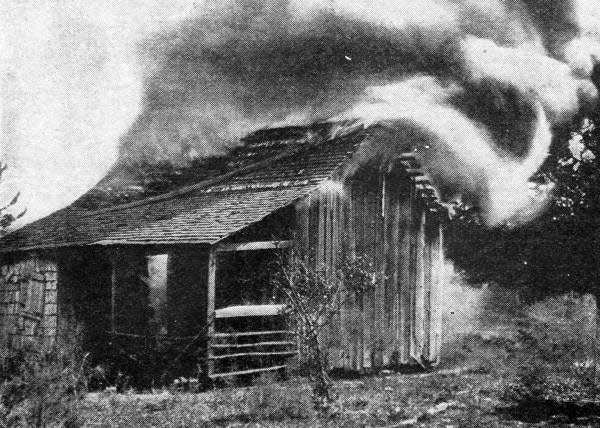Nearly two dozen Black massacres in American history. Reparations? Rarely.

The 1921 destruction in Tulsa wasn't the first or the last race massacre that leveled homes, usurped land or destroyed livelihoods for Black Americans.
One of the first was in 1863 – sparked by a draft law. One of the last happened in 1923 in Rosewood, Florida. Whatever the precipitating event, the desire was generally the same: to destroy Black upward mobility.

Below, is a database of recorded massacres (defined for the purposes of this project as one or more mob attacks on a Black community that resulted in the aggregate loss of lives, homes, land and livelihoods).
The attacks frequently drove residents away from a community for good. In other instances, Black residents hid in swamps and woods for days to escape death. Others tried to rebuild their town's former glory, but failed with little to no assistance from the surrounding community or government.
One of the most frequently used justifications for an attack? The rumor that an African American male had assaulted a white female. Usually the rumor was unfounded. Frequently it was sparked by an erroneous news report.
This list is by no means, complete. Attacks were frequently denied and not documented by authorities. This is a living, breathing document culled from numerous news reports, historical sites and encyclopedias among other online resources.
I also reached out to every city listed in this database to find out whether reparative actions are currently being taken (of any kind), and if the city's history includes reparations of any sort. The information that I received, along with other information found through searches, is included under the "Reparations history" section.
When more information becomes available, it will be added.
In rare instances, the aftermath of a massacre, and the help given, was meticulously documented. White merchants in New York, for example, raised $40,000 for Black victims of the 1863 attack. The committee's notes were archived in the Library of Congress, and made available through the HathiTrust Digital Library. See them here.
Keeping the public informed about this nation's too frequently ignored history of massacres also depends on you.
Is your family or community history missing from this list? Send us your story along with documentation. Reach me at erivers@usatoday.com.
Searchable database
This article originally appeared on USA TODAY: Nearly two dozen massacres in US history. Reparations? Rarely.

